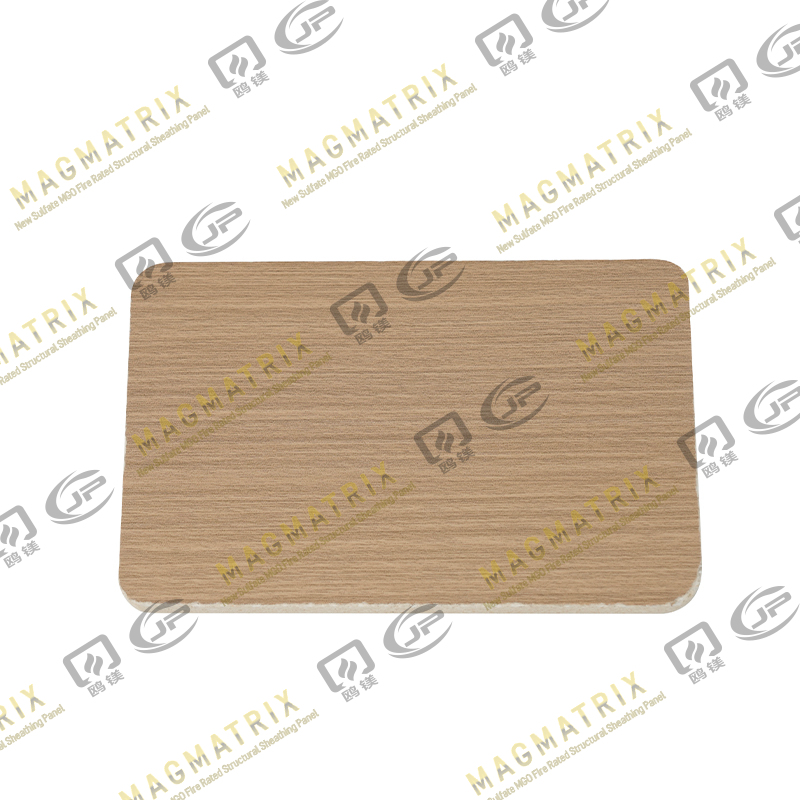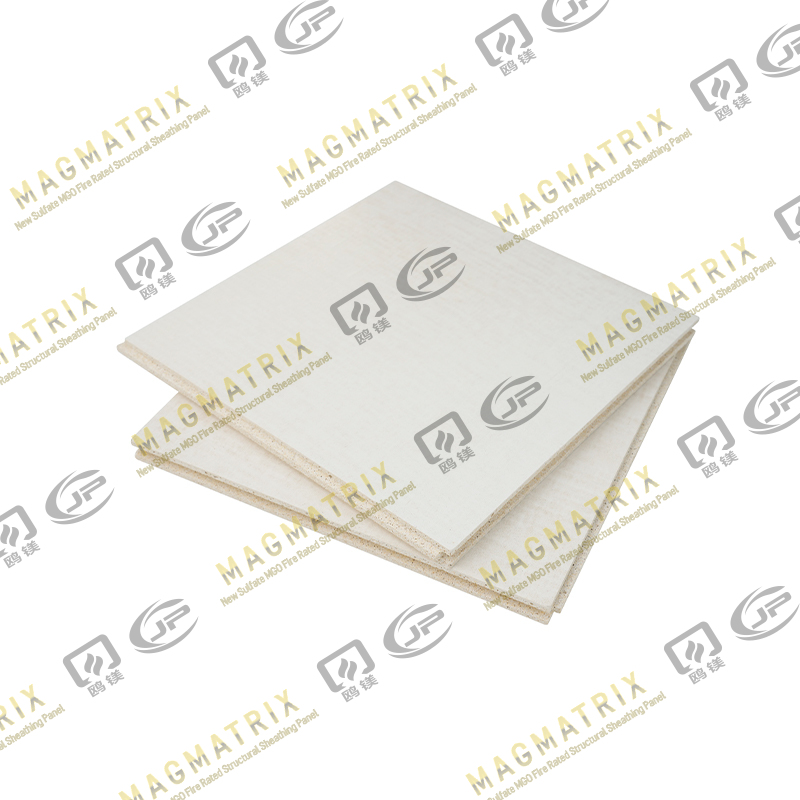In the world of construction, selecting the right sheathing material is crucial for structural integrity, insulation, fire resistance, and long-term durability. Traditionally, plywood and oriented strand board (OSB) have dominated the market due to their availability, cost-effectiveness, and ease of installation. However, in recent years, magnesium oxide (MgO) boards have emerged as a potential alternative, promising environmental benefits, improved fire resistance, and resistance to moisture and pests.
Understanding the Basics: MgO Boards vs. Traditional Sheathing
What is MgO Board?
Magnesium oxide board is an inorganic, cement-like panel made primarily from magnesium oxide (MgO), magnesium chloride (MgCl₂), and reinforcing fillers such as perlite, vermiculite, or wood fiber. Unlike gypsum or cement boards, MgO boards are highly versatile, offering strength, fire resistance, and resistance to mold and termites. They can be produced in various thicknesses and sizes to meet specific construction needs.
Plywood and OSB Sheathing Overview
Plywood consists of thin layers of wood veneer glued together with alternating grain patterns to enhance strength. OSB, on the other hand, is made from compressed wood strands bonded with adhesives to create a strong, uniform panel. Both materials are widely used for wall, floor, and roof sheathing, primarily because of their availability, structural performance, and ease of installation.
Advantages of MgO Boards
1. Fire Resistance
One of the most significant benefits of MgO boards is their fire-resistant properties. Unlike plywood and OSB, which are combustible, MgO boards are non-combustible and can withstand high temperatures without warping or releasing toxic fumes. This makes them an attractive choice for residential, commercial, and industrial buildings where fire safety is a priority.
2. Moisture Resistance
MgO boards are highly resistant to water and moisture damage. Traditional plywood and OSB can swell, delaminate, or degrade when exposed to prolonged moisture, requiring sealants or treated versions to resist decay. MgO boards, in contrast, maintain structural integrity even in humid environments, making them suitable for exterior sheathing, bathrooms, and kitchens.
3. Mold and Pest Resistance
Unlike organic wood products, MgO boards are inorganic and naturally resistant to mold, mildew, and termites. This reduces the need for chemical treatments or preservatives, which can be costly and environmentally harmful.
4. Environmental Sustainability
MgO boards are considered eco-friendly because they can incorporate recycled materials like magnesium oxide, perlite, and wood byproducts. Additionally, they have a lower carbon footprint compared to plywood or OSB production, which involves logging, adhesive use, and significant energy consumption.
5. Dimensional Stability
MgO boards are dimensionally stable and less likely to warp, shrink, or swell over time compared to plywood and OSB. This stability is particularly beneficial in climates with high humidity fluctuations or in areas prone to temperature changes.
Potential Drawbacks and Challenges
1. Cost Considerations
Currently, MgO boards are generally more expensive than standard plywood or OSB panels. While they provide long-term benefits in terms of durability and resistance to fire and moisture, the initial investment can be higher. Contractors and builders need to weigh upfront costs against potential savings from reduced maintenance and repair.
2. Mechanical Properties
While MgO boards are strong and rigid, they are heavier and more brittle than plywood and OSB. This can make cutting, handling, and installation slightly more challenging, particularly for large panels. Special tools may be required to avoid cracking, and fasteners must be carefully selected to prevent splitting.
3. Limited Availability
Although MgO boards are gaining popularity, they may not be as widely available as plywood or OSB in certain regions. Builders accustomed to traditional materials may need to source them from specialized suppliers, which can affect project timelines.
4. Fastening and Finishing
MgO boards require screws or nails designed for cement-like boards rather than standard wood fasteners. Additionally, finishing surfaces may require specific primers or adhesives for paints, tiles, or exterior claddings. These considerations should be factored into installation planning.
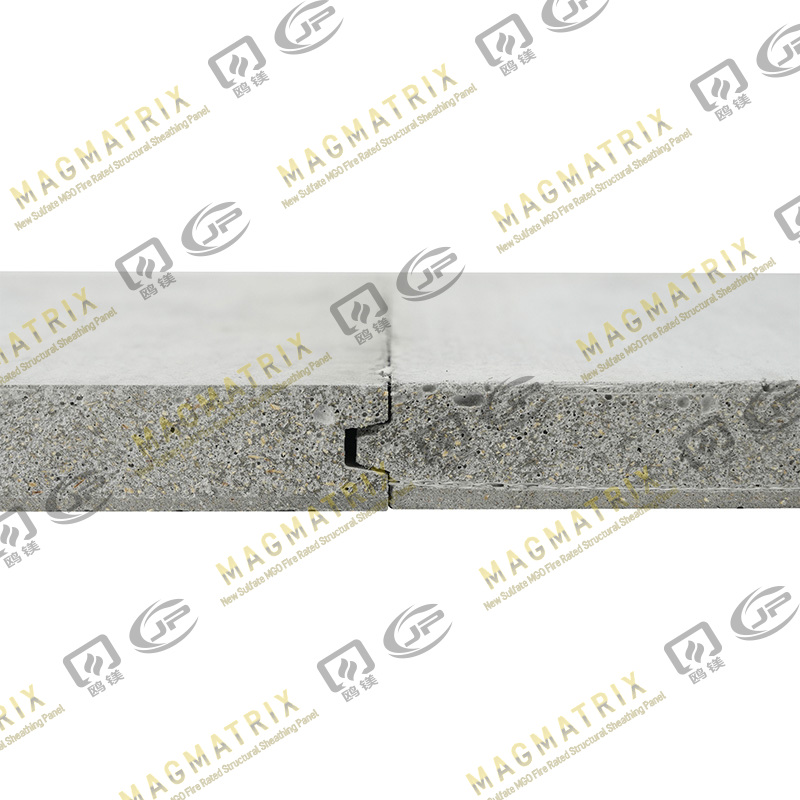
Comparative Analysis: MgO Boards vs. Plywood and OSB
| Feature |
MgO Board |
Plywood |
OSB |
| Fire Resistance |
Excellent, non-combustible |
Low, combustible |
Low, combustible |
| Water Resistance |
High |
Moderate, requires treatment |
Low, prone to swelling |
| Mold/Pest Resistance |
Excellent |
Low, requires treatment |
Low, susceptible |
| Dimensional Stability |
High |
Moderate |
Moderate |
| Strength-to-Weight Ratio |
Moderate |
High |
High |
| Cost |
Higher upfront |
Moderate |
Lower |
| Environmental Impact |
Low, recyclable |
Moderate, wood-based |
Moderate, wood-based |
| Availability |
Moderate |
High |
High |
| Ease of Installation |
Moderate |
High |
High |
From this comparison, MgO boards stand out in fire, moisture, and pest resistance, while traditional plywood and OSB are superior in ease of installation, strength-to-weight ratio, and cost.
Applications Where MgO Boards Excel
-
Exterior Wall Sheathing: MgO boards are particularly suitable for areas exposed to moisture, rain, or high humidity. They can act as a durable barrier under siding or stucco.
-
Roof Decking: Fire-resistant MgO boards provide added safety for residential and commercial roofing.
-
Bathrooms and Kitchens: Their resistance to moisture and mold makes them ideal for wet areas.
-
Commercial Construction: For projects requiring strict fire codes or higher durability, MgO boards are increasingly adopted in schools, hospitals, and multi-story buildings.
-
Green Building Projects: Builders focused on sustainable materials often prefer MgO boards for their eco-friendly profile and long lifespan.
Installation Tips
- Cutting: Use carbide-tipped blades or specialized scoring knives to minimize chipping.
- Fastening: Use cement board screws rather than standard wood nails. Pre-drilling can prevent splitting.
- Sealing: Use high-quality joint compounds or sealants specifically formulated for MgO boards.
- Handling: Panels are heavier than plywood; plan for additional labor support during installation.
Can MgO Boards Fully Replace Plywood or OSB?
The answer depends on the project requirements:
- Yes, for applications where fire safety, moisture resistance, mold prevention, and long-term durability are prioritized. MgO boards can outperform traditional sheathing in these contexts.
- Not always, if cost, ease of handling, or structural load-bearing capacity are the primary considerations. Plywood and OSB may remain preferable in standard residential construction where budgets and installation speed dominate.
In many cases, builders adopt a hybrid approach: using MgO boards in high-risk or high-exposure areas while retaining plywood or OSB in less critical zones. This balances performance, cost, and construction efficiency.
Conclusion
MgO boards represent a promising alternative to traditional plywood and OSB sheathing. Their advantages in fire resistance, moisture and mold protection, and dimensional stability make them particularly valuable in modern construction, where safety and sustainability are increasingly important. While higher costs, heavier weight, and installation considerations present challenges, careful planning and proper techniques can mitigate these issues.
For builders and homeowners seeking long-term durability, especially in moisture-prone or fire-sensitive areas, MgO boards are a viable and increasingly attractive option. As the material becomes more widely available and installation techniques improve, it is likely that MgO boards will become a mainstream alternative to plywood and OSB sheathing in a variety of construction projects.
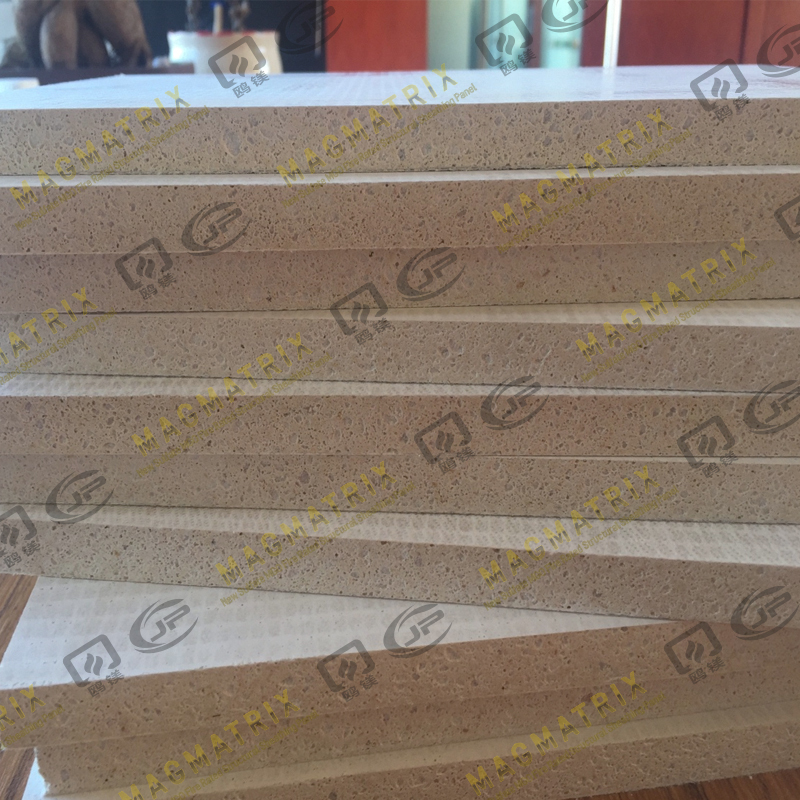 BMSC 517 New Sulfate MgO Board
BMSC 517 New Sulfate MgO Board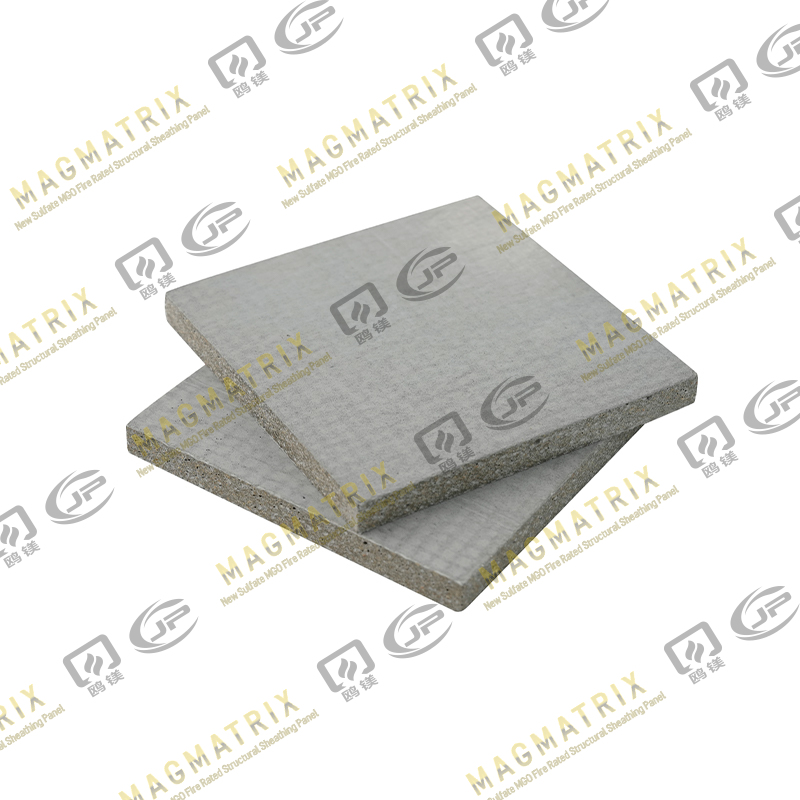 Multi-Support MgO Wall Sheathing Board
Multi-Support MgO Wall Sheathing Board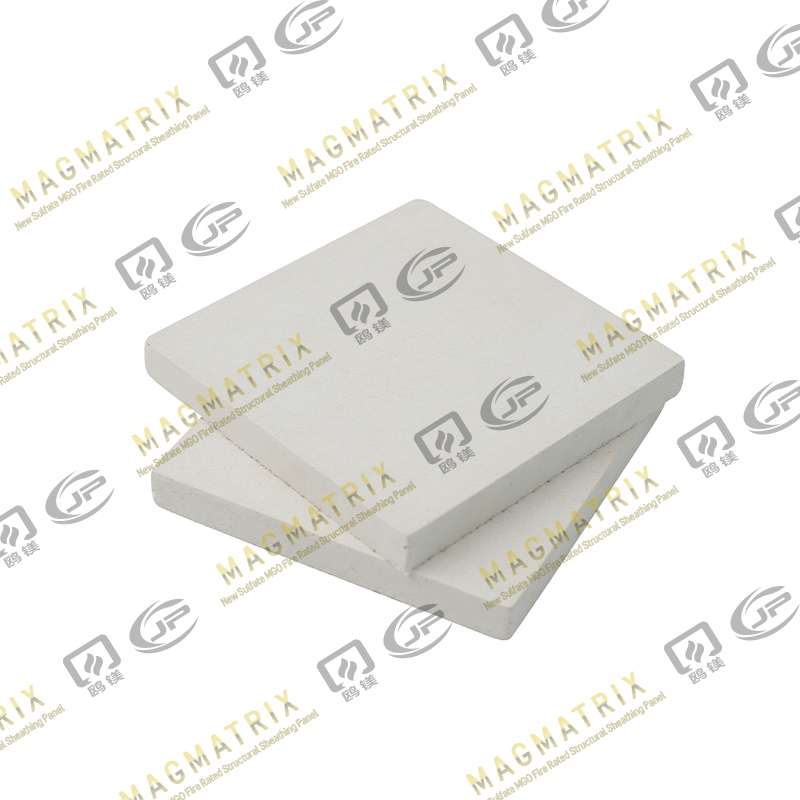 Perseverance MgO Wall Sheathing Board
Perseverance MgO Wall Sheathing Board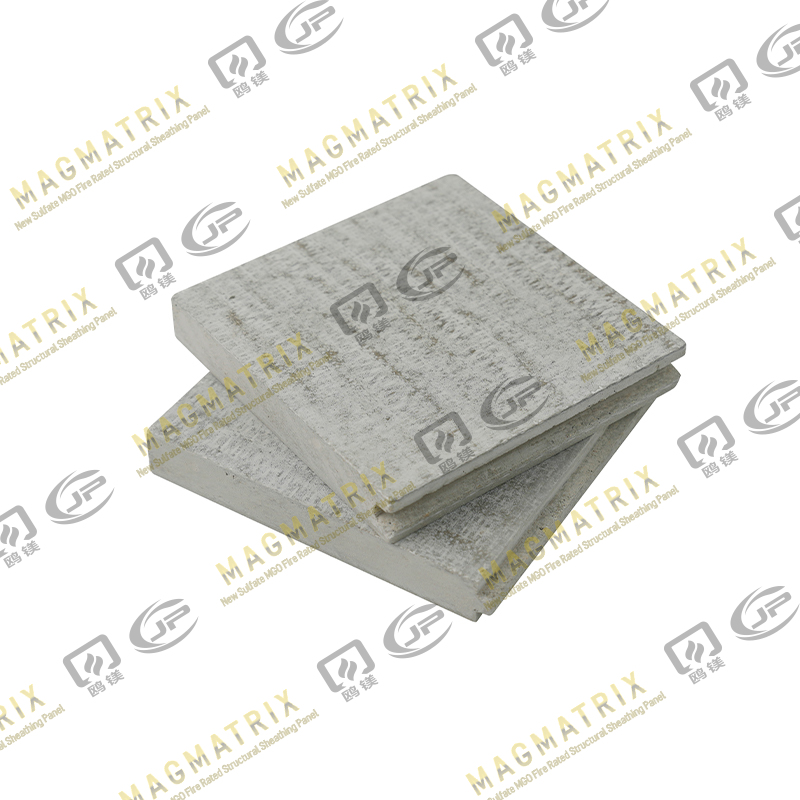 Multi-Support MgO Subfloor Sheathing Board
Multi-Support MgO Subfloor Sheathing Board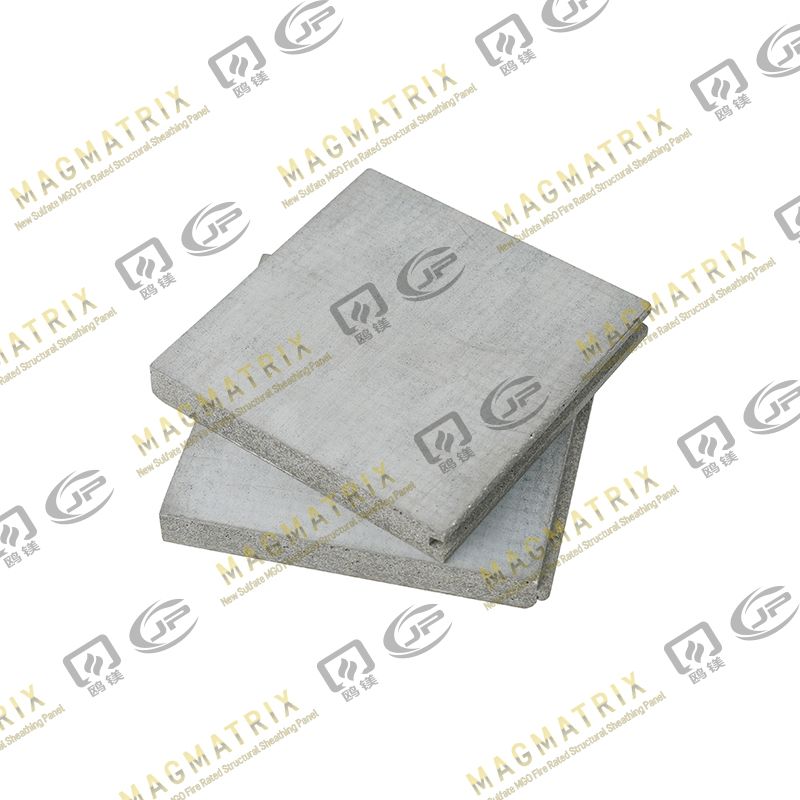 Perseverance MgO Subfloor Sheathing Board
Perseverance MgO Subfloor Sheathing Board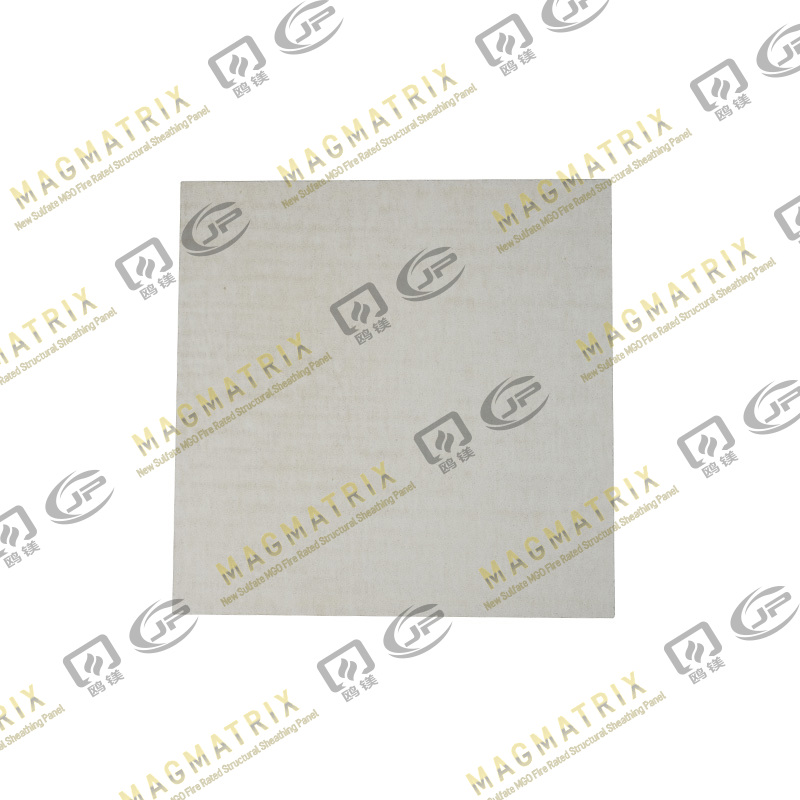 MagMatrix MgO Underlayment Panel/board
MagMatrix MgO Underlayment Panel/board


 English
English русский
русский Español
Español
